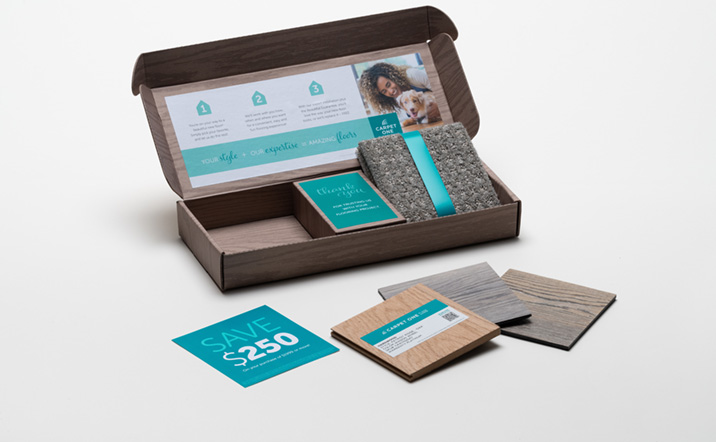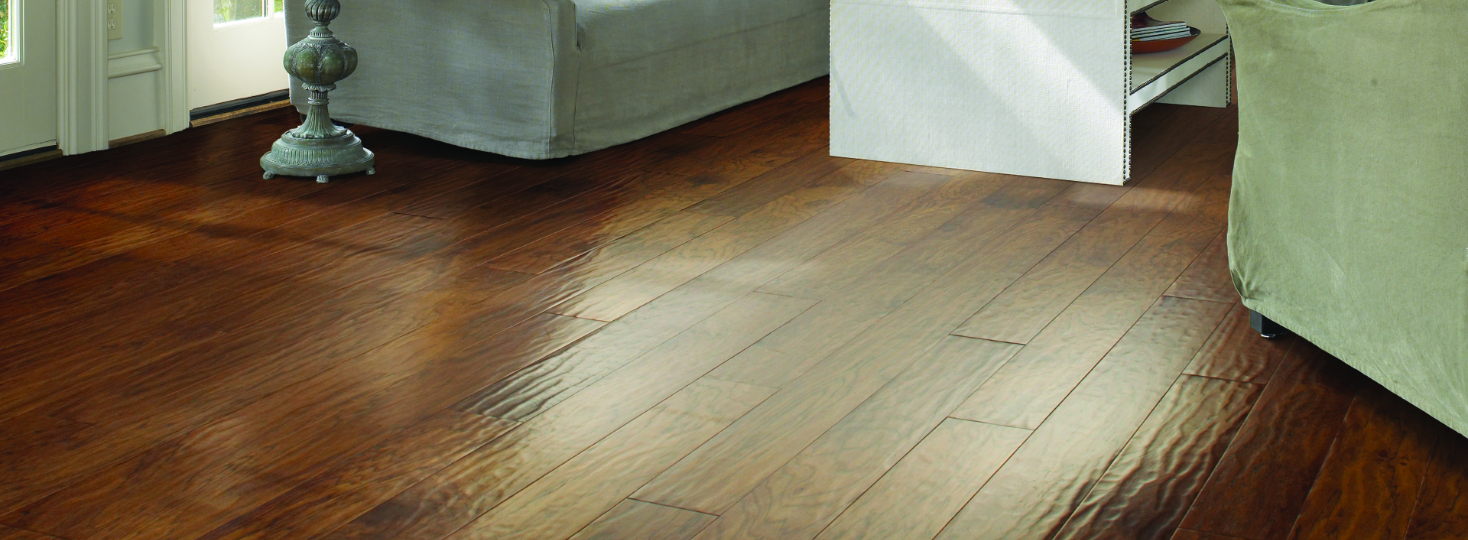
Eco-Friendly Wood Flooring
Eco-friendly wood flooring is hardwood originating from forests managed and protected to prevent deforestation and promote regrowth.

Eco-friendly wood flooring is hardwood originating from forests managed and protected to prevent deforestation and promote regrowth.
No items could be found with the selected filters.
Please try your search again.

Our designers share tips and top trends for every season. Discover your next home project with the help of our blog.

Get up to six samples delivered to your door.

Explore top eco-friendly hardwood options for your sustainable home. Make an informed choice that benefits the planet.
Sustainable hardwood flooring is crafted from hardwood trees that are responsibly harvested and managed to minimize environmental impact. With its long-lasting durability, hardwood flooring can remain a feature in homes for decades, making it a highly sustainable option.
Engineered hardwood flooring is especially popular for its eco-friendliness and aesthetic appeal, providing a stylish and sustainable alternative to solid hardwood. Reclaimed wood flooring also offers a sustainable choice, as it reduces waste and preserves the unique character and history of the wood, bringing a distinctive look to any space.
For those prioritizing responsible sourcing, FSC-certified wood ensures that the hardwood comes from forests managed with high environmental standards, offering peace of mind alongside quality. Each option reflects a commitment to sustainability, combining beauty with a respect for nature.
FSC certification ensures that wood is sourced from forests managed to protect biodiversity, air quality, water quality, and the rights of local communities. The FSC logo stands as a trusted guarantee that the wood meets the highest environmental and social standards. To confirm sustainably sourced hardwood, look for the FSC logo alongside the chain of custody number.
Tesoro Woods, a carbon-neutral product certified by the Green Building Council, embodies a commitment to sustainability and environmental impact reduction. For those seeking sustainable hardwood flooring, a variety of eco-friendly options are available, including reclaimed wood, bamboo, and cork—each offering unique qualities that bring natural beauty, durability, and a mindful approach to any space.
Sustainable hardwood flooring offers a beautiful, versatile option that can complement any style or decor, from classic to contemporary. When choosing sustainable hardwood, consider the color, texture, and grain of the wood to find the perfect match for your space. Options like walnut and cherry bring rich, deep tones that enhance natural beauty, while lighter woods can brighten and open up a room.
Hardwood floors can be stained or naturally finished to highlight their unique grain patterns, adding warmth and character. Alongside hardwood, other natural flooring materials like bamboo and cork help create an organic and eco-conscious environment. Pairing these natural floors with sustainable furniture can further enrich the space, creating a harmonious, earth-friendly interior.
To maintain indoor air quality, avoid finishes and treatments with toxic chemicals. Instead, opt for recycled or non-toxic options that align with a commitment to sustainability and health. Sustainable flooring choices not only elevate the look of a room but also reflect a conscious approach to design that respects the beauty and resources of our planet.
Choosing the right wood flooring for your home involves considering durability, maintenance, and how well it complements your style and decor. Sustainable hardwood offers a range of options to suit various aesthetics, and installation methods include nail-down, glue-down, and floating, giving flexibility based on your needs. For homes in humid climates, engineered hardwood flooring provides added resilience, while reclaimed wood flooring brings a rustic, one-of-a-kind charm. With these choices, hardwood flooring can seamlessly blend beauty, practicality, and sustainability in any space.
Schedule your no-obligation, free, in-home estimate for quality, name-brand carpet or flooring by giving us a call or filling out the form below. Call Now: Thank you for contacting Carpet One Floor & Home. Your local flooring expert will reach out to you regarding your inquiry.
Save Up To $500 +
0% Financing for 12 Months!*
443-393-6421 Thank You For Contacting Us.